Tokyo’s Yamanote and Keihin-Tohoku lines to be suspended for a full weekend
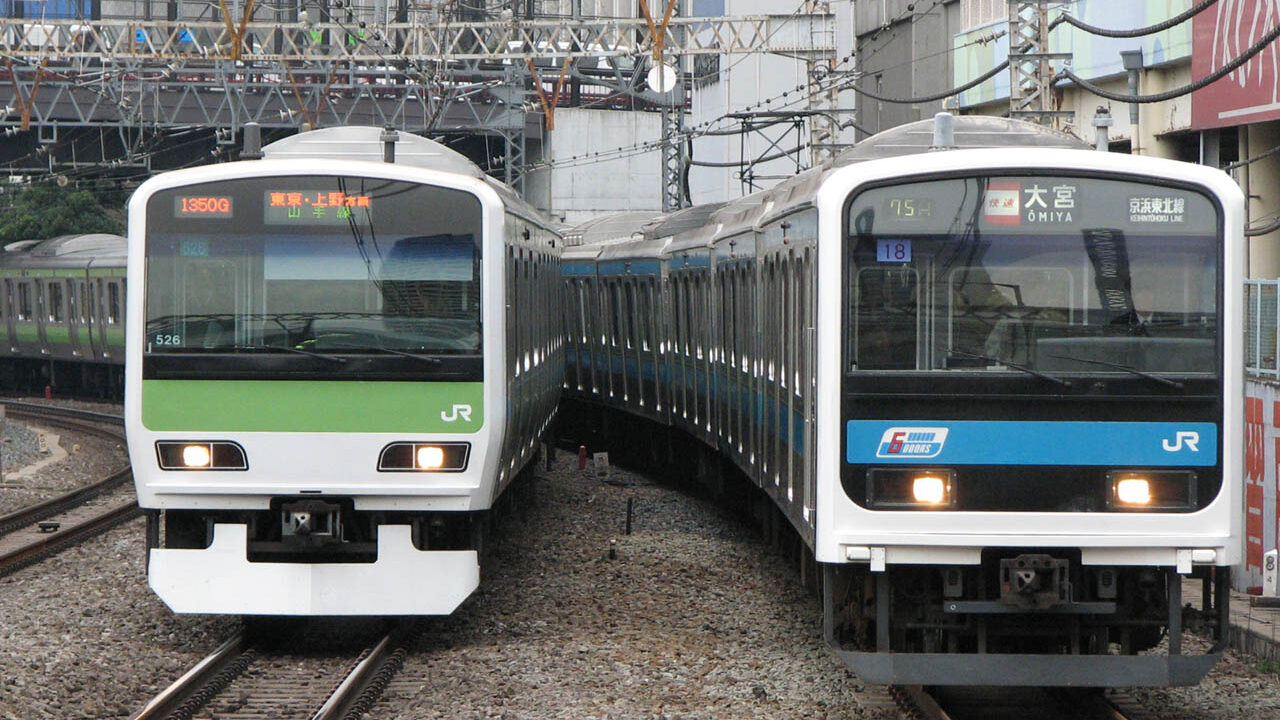
JR East has announced that two of Tokyo’s busiest lines, the Yamanote Line and the Keihin-Tohoku Line, will be suspended across the weekend of the 19th and 20th April.
If you’re travelling in Tokyo during this time, you’ll need to be aware of the changes and plan accordingly, as this suspension will also have a knock on effect on other transportation across the city.
Approximately 540,000 passengers, the average number of users on the areas of the lines affected over a 2 day period, will have to make alternative arrangements, meaning that other methods of transport in Tokyo will see additional traffic and potentially creating a difficult travel situation throughout the city during a busy weekend period.
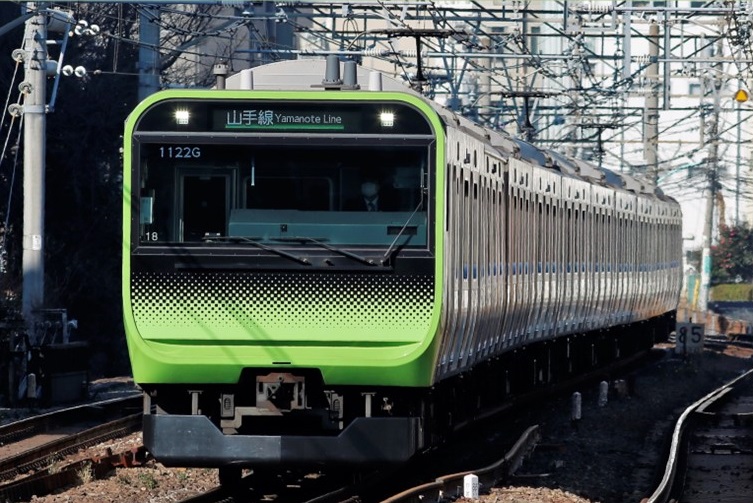
This suspension comes as part of the ongoing construction efforts for the highly anticipated “Haneda Airport Access Line,” as East Japan Railway Company (JR East) will be undertaking essential track switching work.
This necessary work will unfortunately necessitate the temporary suspension of train service on certain segments of both the heavily utilized Yamanote Line and the Keihin Tohoku Line.
Consequently, passengers should be aware that service on the specified sections of these two major railway lines will be suspended from the very first train on Saturday, April 19th, and is expected to continue until approximately noon on Sunday, April 20th.
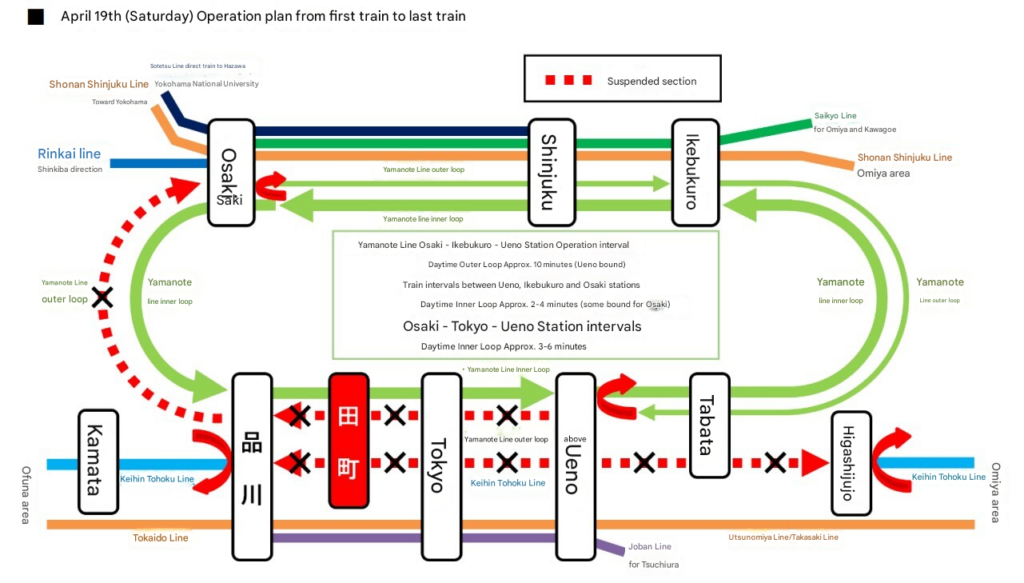
The specific sections of the railway network that will experience this temporary service suspension are as follows:
Yamanote Line – the outer loop service between the following stations will be affected:
- Ueno Station
- Tokyo
- Osaki Station
On the Keihin-Tohoku Line, services will be suspended between Higashi-Jujo Station and Shinagawa Station.
On Sunday, April 20th, the impact will extend to the Yamanote Line’s inner loop as well, with service being suspended between Osaki Station, Tokyo, and Ueno Station.
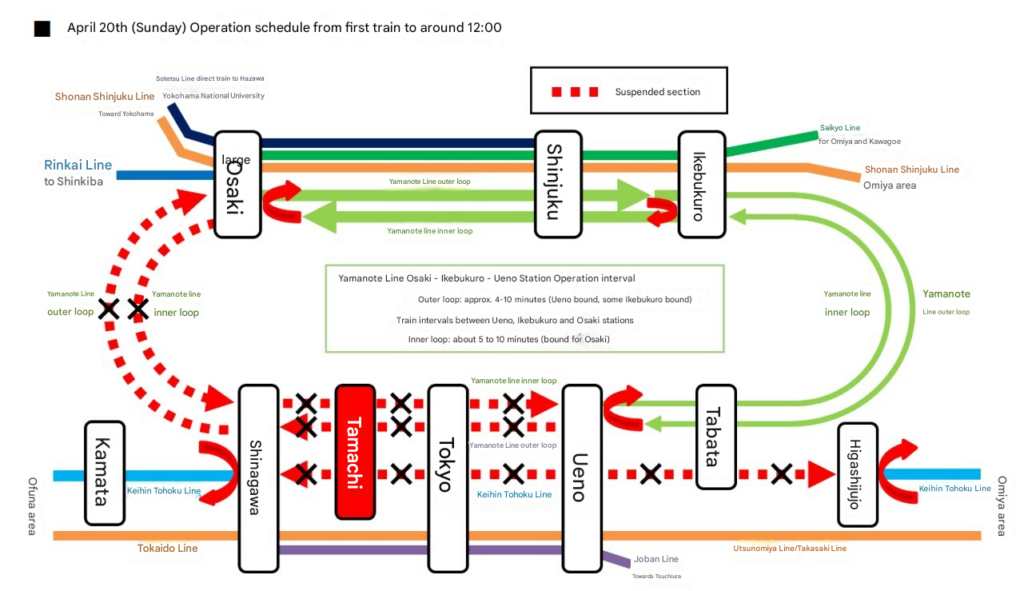
As a direct consequence of these suspensions on Saturday, April 19th, it will not be possible for passengers to travel between Ueno Station and Shinagawa Station via the most direct route utilizing JR lines, with the exceptions of stations located on the Ueno-Tokyo Line (which encompasses the Tohoku Main Line and the Tokaido Line) and the Chuo Line, which runs in a parallel direction between Tokyo Station and Kanda Station.
During the period from the first train on Sunday, April 20th, until approximately 12:00 noon on the same day, there will be no JR train services stopping at the following key stations situated between Ueno Station and Shinagawa Station:
- Okachimachi Station
- Yurakucho Station
- Hamamatsucho Station
- Tamachi Station
Additionally, at the major interchange stations of Ueno Station, Akihabara Station, Kanda Station, Tokyo Station, Shimbashi Station, and Shinagawa Station, only parallel or connecting JR lines will remain available for passenger use.

It is important to note that on the Yamanote Line, the train timetable will experience alterations even in areas of the line that are not directly subject to the service suspensions.
While the inner loop of the Yamanote Line will not have any suspended sections on Saturday, April 19th, the frequency of train services will be adjusted.
Typically, on weekends and public holidays, trains on the inner loop operate at intervals of approximately 4 minutes during the daytime.
However, on this particular day, the train intervals will be extended to approximately 3 to 6 minutes on the section between Osaki Station, proceeding through Tokyo Station, and arriving at Ueno Station.
Conversely, on the section between Ueno Station, proceeding through Ikebukuro Station, and arriving at Osaki Station, additional trains bound for Osaki Station (specifically, trains that operate a return service between Ueno and Osaki) will be added to the schedule, resulting in train intervals of approximately 2 to 4 minutes.
In contrast, on the outer loop of the Yamanote Line, the trains operating between Osaki Station, proceeding through Ikebukuro Station, and arriving at Ueno Station, which will not be subject to the service suspension, will run at significantly longer intervals of approximately 10 minutes.
On Sunday, April 20th, the operational pattern of the Yamanote Line will involve two distinct types of return services operating until around noon. One service will run between Osaki Station and Ikebukuro Station, while the other will operate between Osaki Station, proceeding through Ikebukuro Station, and arriving at Ueno Station.

On the outer loop, train services will operate at intervals ranging from approximately 4 to 10 minutes, and on the inner loop, train services will operate at intervals ranging from approximately 5 to 10 minutes.
The Keihin-Tohoku Line will also undergo some timetable modifications in sections of the line that are not directly affected by the service suspension between Higashi-Jujo and Shinagawa.
The number of train services operating between Kamata Station and Ofuna Station will remain consistent with the usual timetable.
However, on the section between Omiya Station and Higashi-Jujo Station, the number of train services will be reduced to approximately 60 to 80% of the normal operating schedule.
Similarly, on the section between Shinagawa Station and Kamata Station, the number of train services will be reduced to approximately 70% of the normal operating schedule.
Notably, the rapid service on the Keihin-Tohoku Line will be entirely suspended for the duration of both Saturday, April 19th, and Sunday, April 20th.
Even after the regular service resumes between Ueno Station and Shinagawa Station on the afternoon of Sunday, April 20th, all trains on this section will continue to make stops at every station.
In response to these planned service suspensions necessitated by the construction work, JR East has announced that it will be increasing the number of train services on certain other railway lines to mitigate the inconvenience for passengers.
On the Ueno-Tokyo Line, additional train services will be operating between Shinagawa Station and Ueno Station, with some of these additional trains originating from Omiya Station.
On the Saikyo Line, additional train services will be operating between Osaki Station and Musashi-Urawa Station, with some of these additional trains originating from Akabane Station, but this increase in service on the Saikyo Line will only be in effect on Saturday, April 19th.
In addition to augmenting services on its own lines, JR East will also be requesting alternative transportation arrangements from other railway and subway operators in the Tokyo metropolitan area, including Tokyo Metro, Toei Subway, Tobu Railway, and Keikyu Railway.
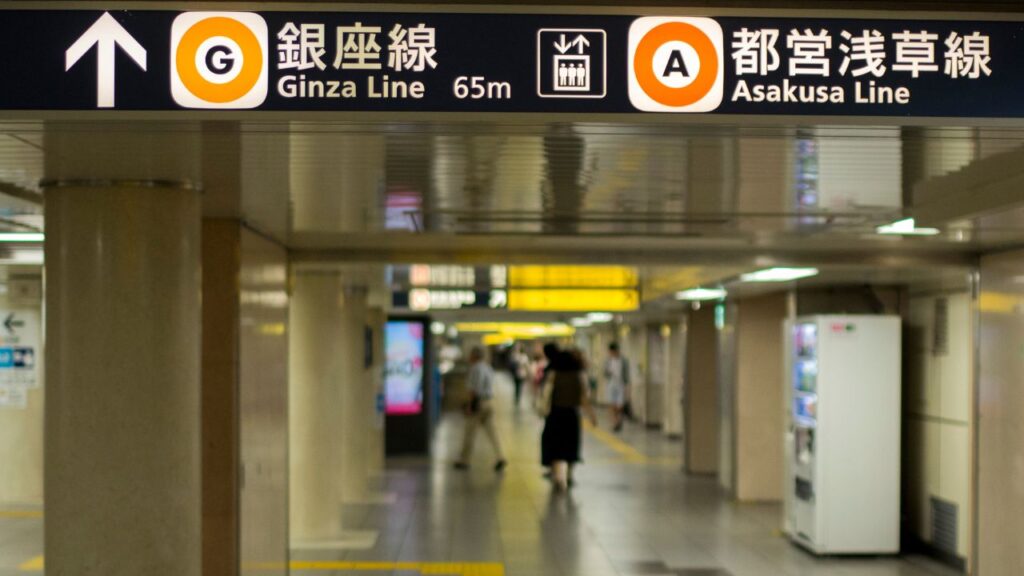
These alternative transportation arrangements will allow passengers holding valid tickets, commuter passes, and coupon tickets for the sections of the Yamanote Line and Keihin-Tohoku Line that are subject to the service suspensions to utilize pre-determined sections of these other companies’ railway lines.
Passengers are advised to take note that these alternative transportation options will not be available when using the remaining stored value on IC cards such as “Suica” and “PASMO” or when using IC commuter passes outside of their regular designated sections.
In such cases, passengers will be required to pay the applicable fare for the section of travel they actually undertake on the alternative lines.
The Haneda Airport Access Line, which is the underlying reason for this extensive track switching work, is a new railway line that will run directly beneath the terminal complex at Haneda Airport, providing a direct connection to both the central Yamanote Line and the waterfront areas of Tokyo.
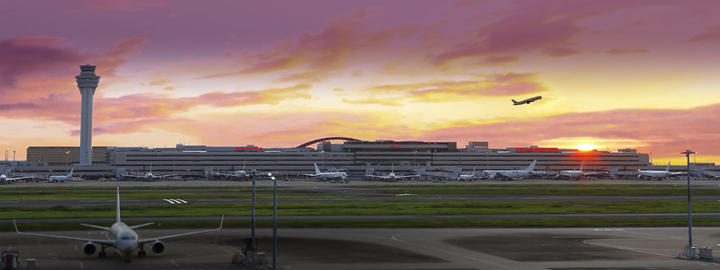
Currently, construction is actively underway on two key components of this project: the Higashiyamate Route, which will establish a direct link between Tokyo Station and Haneda Airport, and the New Access Line.
The Higashiyamate Route is planned to branch off from the existing Tokaido Line in the vicinity of Tamachi Station, and the construction of this new line necessitates the relocation of some of the existing railway tracks.
As part of the preparatory work for the Haneda Airport Access Line, JR East is currently engaged in the process of relocating the tracks for the outer loop of the Yamanote Line and the southbound tracks of the Keihin-Tohoku Line to the west.
This track relocation is essential to create the necessary space for the subsequent relocation of the upbound tracks of the Tokaido Line.
Once the Tokaido Line upbound tracks have been successfully moved to the west, JR East plans to commence the laying of the new tracks that will form the Haneda Airport Access Line, a crucial infrastructure project aimed at significantly improving transportation access to one of Tokyo’s major international airports.
Source: East Japan Railway Company
This post may contain affiliate links, and Essential Japan may earn a commission if you purchase through them.






